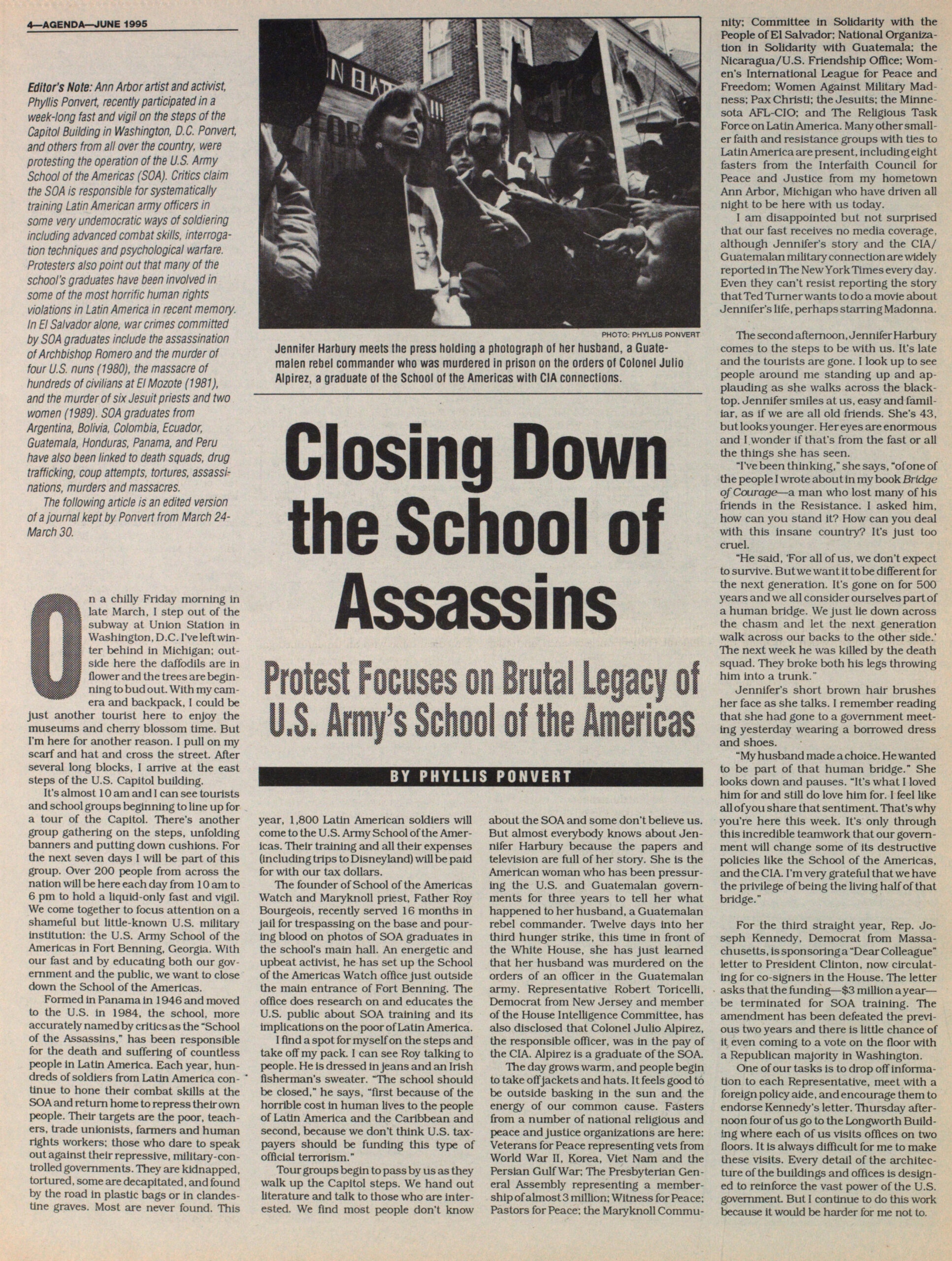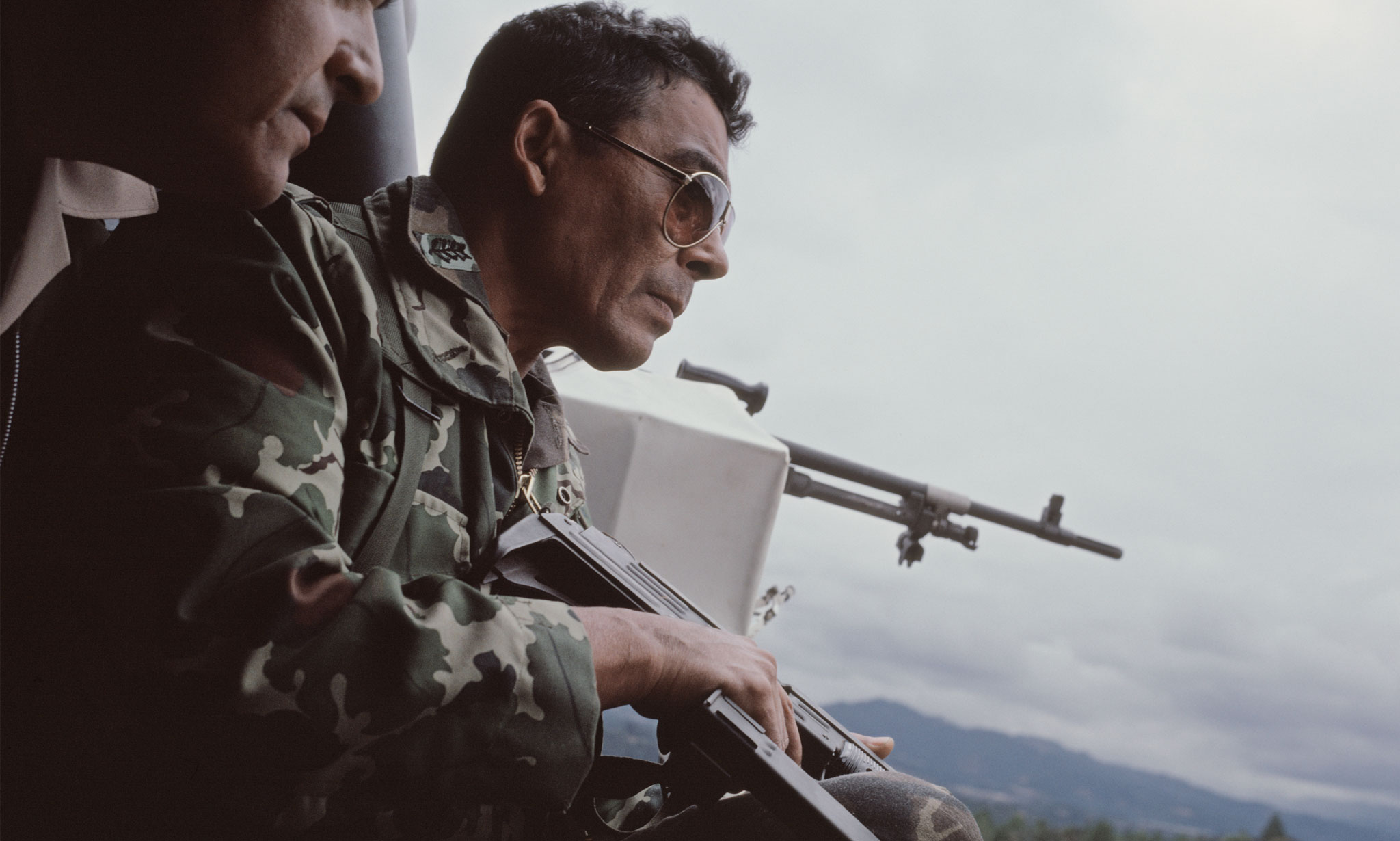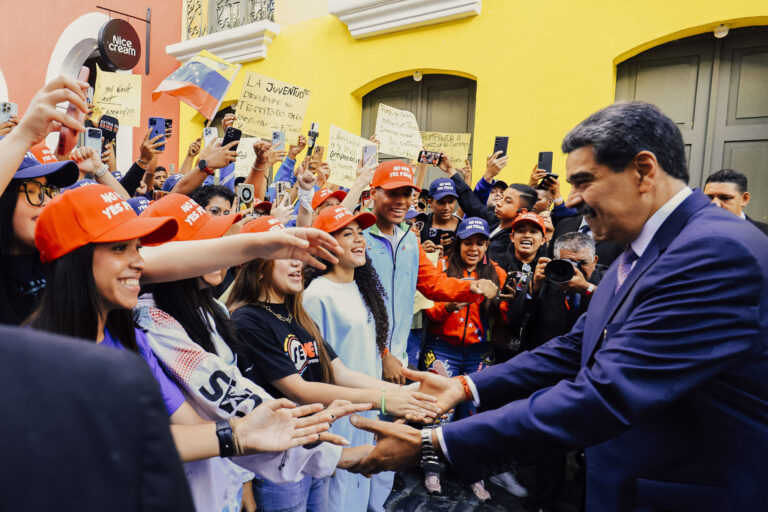UNCLE SAM’S STUDENTS
This editorial by Gilberto López y Rivas appeared in the May 30, 2025 edition of La Jornada, Mexico’s premier leftist daily newspaper.
Darrin Wood’s book, Uncle Sam’s Pupils: Free Counterinsurgency Treaty “Mexican Campus” of the School of Assassins [download PDF in Spanish] is an optimal analytical and informative tool for investigating a reality considered taboo by much of academia, the mainstream media, and the political environment of contemporary, Fourth-Transformist Mexico: the Mexican armed forces and their relationship with their U.S. counterparts, and, in particular, a highly controversial topic concerning the training of its military personnel at the School of the Americas (SOA).

On September 26, 2001, in my capacity as a federal representative, I presented a report to the Joint Committees on Government, Public Security, and National Defense of the Congress of the Union, requesting an investigation into the actions denounced in the document The Slippery Slope: The US Military Intervention in the Conflict in Chiapas, written by Brian Wilson, a Vietnam War veteran, which denounced the direct intervention of US armed forces in that conflict.
This proposal was rejected as inappropriate, among other reasons, because: “In the history of bilateral relations between Mexico and the United States of America, our country has never accepted the presence of any U.S. military mission on our territory.”
However, my intervention led to an unusual invitation to a meeting of deputies and senators with the then Secretary of National Defense, General Enrique Cervantes Aguirre, at his facilities at Military Camp No. 1. The Secretary General emphatically denied, citing various arguments, that Mexican military personnel were trained by U.S. soldiers.

Wood’s work is a well-founded and documented rebuttal to these claims by General Cervantes. Wood confirms that, since March 1998, the then-US Secretary of Defense confirmed the presence of a US military instructor on Mexican territory and offered specific details of why this US training center (SOA) had been known, without rhetoric, as the School of Assassins.
Founded in 1946 in Panama and installed in Fort Benning, Georgia, in 1984, as a result of the signing of the Torrijos-Carter Treaties, this training center has a dark history of military training of confessed criminals, such as the murderers of Bishop Óscar Arnulfo Romero, among other coup plotters, and with the participation of its graduates in counterinsurgency campaigns throughout Latin America, including the one that began on January 1, 1994, during the rebellion of the Zapatista Army of National Liberation.
Wood’s revelations about the courses at this unique school—counterinsurgency, counterintelligence, military intelligence, irregular warfare, jungle operations, from the 1960s to 2000—and the number of Mexican graduates are crucial for a full understanding of the nature of the conflict in Chiapas since the 1994 rebellion, and for assessing the 31-year history of this political-military confrontation.
The text also helps us understand the current process of militarization (militarism) (people in uniform) and the territorial recolonization that constitutes the militarized-criminal accumulation, which inherently entails countless forms of violence against peoples and society, directly and particularly targeting women, with the rising incidence of femicide. But it also targets segments of the population at risk by the criminal economy, such as children, adolescents, migrants, and rural and urban workers.
A particularly important topic Wood addresses is the phenomenon of paramilitarism and its use in U.S. imperialism’s counterinsurgency strategies. Cases are presented, such as that of General Mario Arturo Acosta Chaparro, who received military training in the United States and became involved in the so-called Dirty War, along with other high-ranking officers who studied in that country.
Incidentally, on April 23, two days after the 110th anniversary of the U.S. invasion of Veracruz, the full Senate approved the ruling “authorizing the federal executive branch to allow U.S. Army personnel into the country to participate in the training activity known as Joint Combined Exercise Training.” It’s embarrassing.
We invite you to read this important work by Darrin Wood, which undoubtedly contributes to strengthening the critical thinking that the Zapatista Maya repeatedly call for.
-
The Poor as Instruments, Not Allies
Welfare programs with political aims are not the same as forging political alliances with the impoverished population created by voracious neoliberal capitalism.
-
Florida, the Race for the Presidency & Opaque Capital
Contemporary Florida is the distorted and advanced mirror of a new form of global governance, where money laundering has not only been tolerated, but institutionalized & updated for the digital age, fed by a murky river flowing from the Global South.
-
The Bolivarian Republic of Venezuela
The entire Venezuelan people are showing courage in defending their sovereignty, writes MORENA deputy Magdalena Rosales Cruz.




